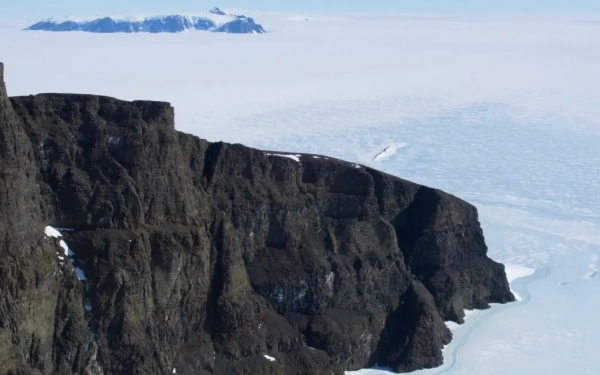Large magma eruptions have produced great floods of basalt lava on the continents during Earth’s history. Conventionally, the largest flood basalt eruptions are thought to be possible only in regions where the continental tectonic plates are unusually thin, so that deep mantle material is able to rise close to the Earth’s surface. In such low-pressure environments, melting of hot mantle can generate very large amounts of magma.
A new study by researchers from the University of Helsinki and Aarhus University challenges this widely held view.
"The idea that flood basalt eruptions generally require melting of mantle under low-pressure conditions is largely based on the trace element compositions of the erupted magmas", explains Dr Jussi Heinonen, University of Helsinki, the lead author of the recent Journal of Petrology article describing this study.
He specifies further that the relative amounts of rare earth elements in many flood basalts point to magma formation in the presence of low-pressure mantle minerals.
Read more at: University of Helsinki
The flood basalts in Dronning Maud Land, Antarctica, originate from exceptionally deep mantle source. (Photo Credit: Arto Luttinen)


